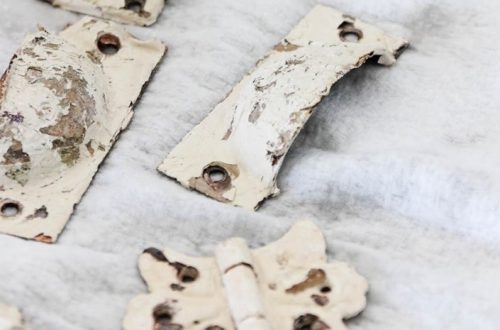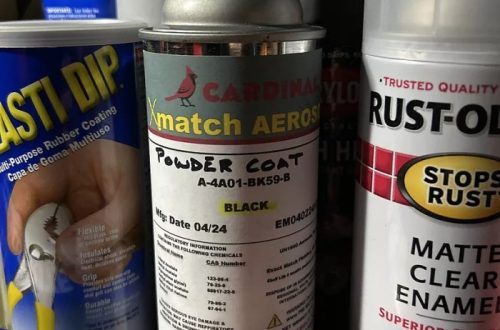Oil pastels offer a unique medium for creating vibrant and expressive portraits. Unlike traditional oil paints, oil pastels are a blend of dry pigment and wax, offering a distinct texture and a world of creative possibilities. This article delves into the captivating realm of oil pastel portraits, exploring the techniques, materials, and the artistic journey that awaits aspiring artists.
Part 1: Unveiling the Magic: The Allure of Oil Pastels

1. A Blend of Color and Texture:
Oil pastels offer a captivating combination of the richness of oil paints and the ease of use of dry pastels. The waxy binder allows for smooth blending and layering, while the dry pigment provides a vibrant and textured finish. This unique characteristic makes oil pastels ideal for creating expressive portraits that capture the essence of the subject.
2. A Forgiving Medium: Embracing Experimentation:
In contrast to oil paints, which often demand meticulous planning and technical expertise, oil pastels offer a more forgiving and flexible medium for artists. One of the key advantages of oil pastels is their forgiving nature, as mistakes can be easily rectified through layering and blending. This characteristic makes oil pastels especially suitable for both beginners and experienced artists, providing an opportunity for creative exploration and experimentation. The forgiving nature of oil pastels allows artists to confidently express their ideas without the fear of making irreversible errors, fostering an environment that encourages personal growth and the development of a unique artistic style. Whether it’s blending colors, refining details, or exploring different techniques, the forgiving qualities of oil pastels empower artists to explore their creativity, inspiring them to push boundaries and expand their artistic horizons with confidence and freedom.
Part 2: Gathering Your Tools: Building Your Oil Pastel Arsenal

1. A Spectrum of Colors:
With their extensive range of colors, oil pastels are a versatile medium that allows artists to capture the intricate nuances of skin tones, hair color, and clothing. When embarking on a portrait, it is crucial to utilize a high-quality set of oil pastels that encompasses a wide spectrum of warm and cool tones. This rich variety will provide the necessary depth and diversity required to portray the complexity of human features and clothing accurately. The warmth of skin tones, the richness of hair shades, and the subtlety of fabric hues can be artfully rendered using the myriad of colors available in a comprehensive oil pastel set. Therefore, the selection of pastels is pivotal in ensuring that the portrait radiates realism, vitality, and expression. By utilizing a broad range of colors, artists can imbue their portraits with a lifelike quality, capturing the intricate details and nuances of the subject’s appearance.
2. Essential Tools for Blending and Detailing:
When working with oil pastels, it’s important to consider the tools that can enhance the blending and detailing process. While fingers can be used for basic blending, employing specialized tools such as blending stumps and tortillions can elevate the quality of your work. These tools facilitate smoother transitions between colors and allow for more nuanced effects, contributing to a more polished and professional finish in your portrait. Additionally, using sharpeners can help maintain the precision of your pastels, ensuring that you can create fine details with accuracy. Small brushes also play a valuable role in the portrait-making process, enabling you to add delicate highlights and intricate details to your artwork. By utilizing a variety of tools specifically designed for oil pastel techniques, you can elevate the level of artistry in your portraits, achieving greater control and refinement in your rendering.

Part 3: Capturing the Essence: Techniques for Oil Pastel Portraits
1. Layering and Blending: Building Depth and Dimension:
Oil pastels are a highly versatile medium, particularly renowned for their ability to create depth and dimension through layering and blending. To begin, establish a base layer using light and mid-tones to lay the foundation for your portrait. As you progress, gradually add darker tones to create shadows and incorporate highlights to define the features and add dimension. Employing blending techniques such as hatching, scumbling, and circular motions can help to seamlessly merge the various layers, resulting in smooth transitions and a more lifelike quality to your artwork. Experimenting with different methods of layering and blending will allow you to achieve a rich, multi-dimensional effect, breathing life into your portrait. Take the time to explore the various possibilities, and don’t be afraid to layer and blend to achieve the desired depth and realism in your oil pastel portrait.
2. Capturing Details: Defining Features and Adding Expression:
Once you have laid down the basic structure of the portrait, the next step involves paying close attention to the finer details. Pick up a sharpened oil pastel or use small brushes to define the facial features such as the eyes, lips, and eyebrows. By varying the pressure applied, you can create both subtle details and bold strokes, which will add depth and expression to your portrait. Delicate touches can bring out the nuances of the subject’s features, while more forceful strokes can capture their expressions and emotions. Take your time to observe the subject closely and bring out their personality through the details. Experiment with different colors and blending techniques to achieve the desired effect, and remember that the details are what truly bring a portrait to life.

Part 4: A Journey of Exploration: Unleashing Your Creative Voice
1. Developing Your Style: Experimentation and Personal Expression:
Oil pastels offer a versatile medium that allows for a range of artistic styles. Experiment with different blending techniques, color combinations, and mark-making methods to discover your unique artistic voice. Don’t be afraid to break away from traditional portraiture and embrace abstract elements or bold colors.
2. Preserving Your Artwork: Finishing Touches and Display Options:
Once your oil pastel portrait is complete, consider using a fixative spray to prevent smudging. Framing your artwork not only protects it but also elevates its presentation. Consider choosing a frame that complements the colors and style of your portrait.

In conclusion, oil pastels offer a captivating and accessible medium for creating stunning portraits. Their vibrant colors, blendability, and forgiving nature make them ideal for both beginners and experienced artists. Whether you’re aiming for a realistic depiction or a more abstract interpretation, oil pastels provide a platform for artistic exploration and self-expression. So, grab your pastels, unleash your creativity, and embark on a journey of artistic discovery!


